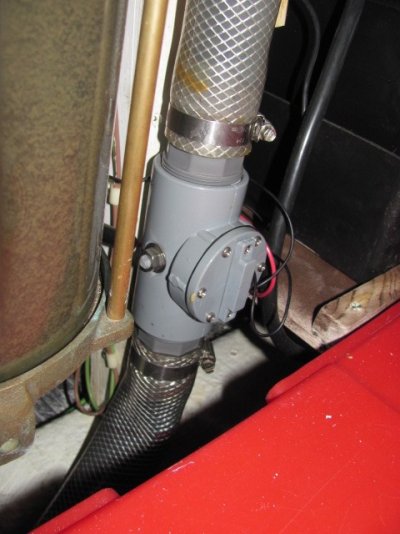Isn't keyless push button start something that would make it easier to steal the boat?
.
Yes. Which is why we have modified our cabin door to make it much harder to break in, although a determined thief will get into any boat one way or another.
GBs don't have key ignitions unless that's a recent addition to the new models. That's why when we close a main engine seacock for any length of time (very rare occurrence) we tape that engine's throttle back with gaffer tape and hang a sign on it. And for good measure we pull the engine's fuel shutoff knob up. This makes the throttle impossible to move and that plus the sign and pulled shutoff knob make it almost impossible for us or anyone else to start the engine without realizing the intake seacock is closed.



